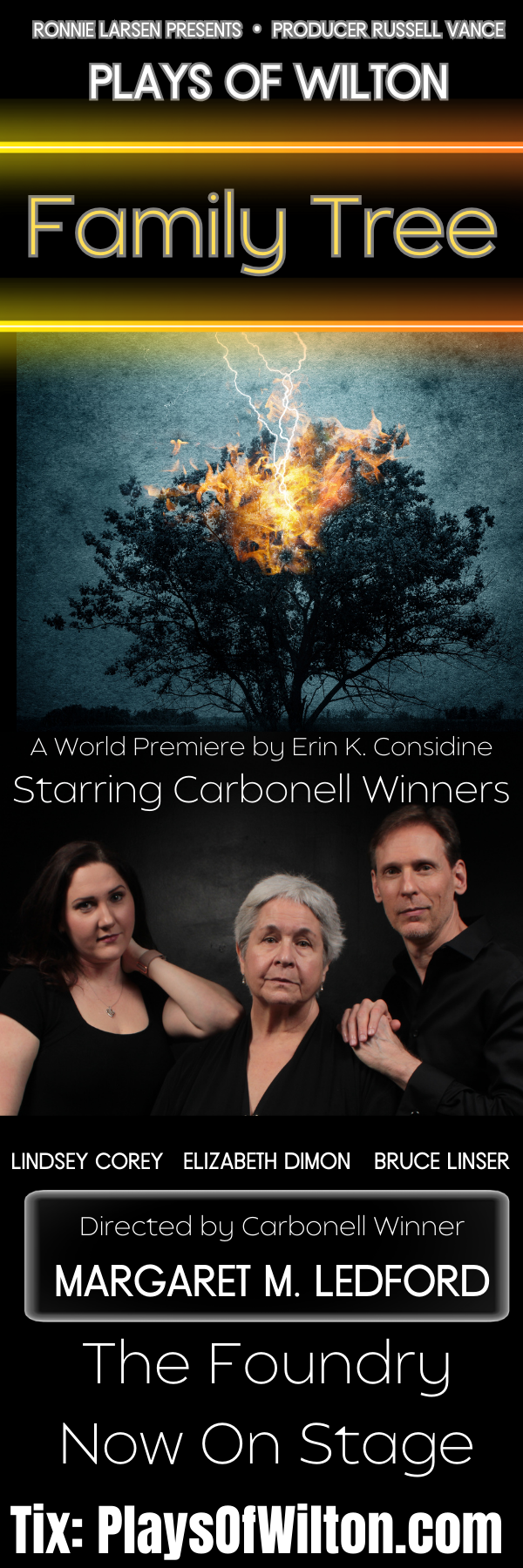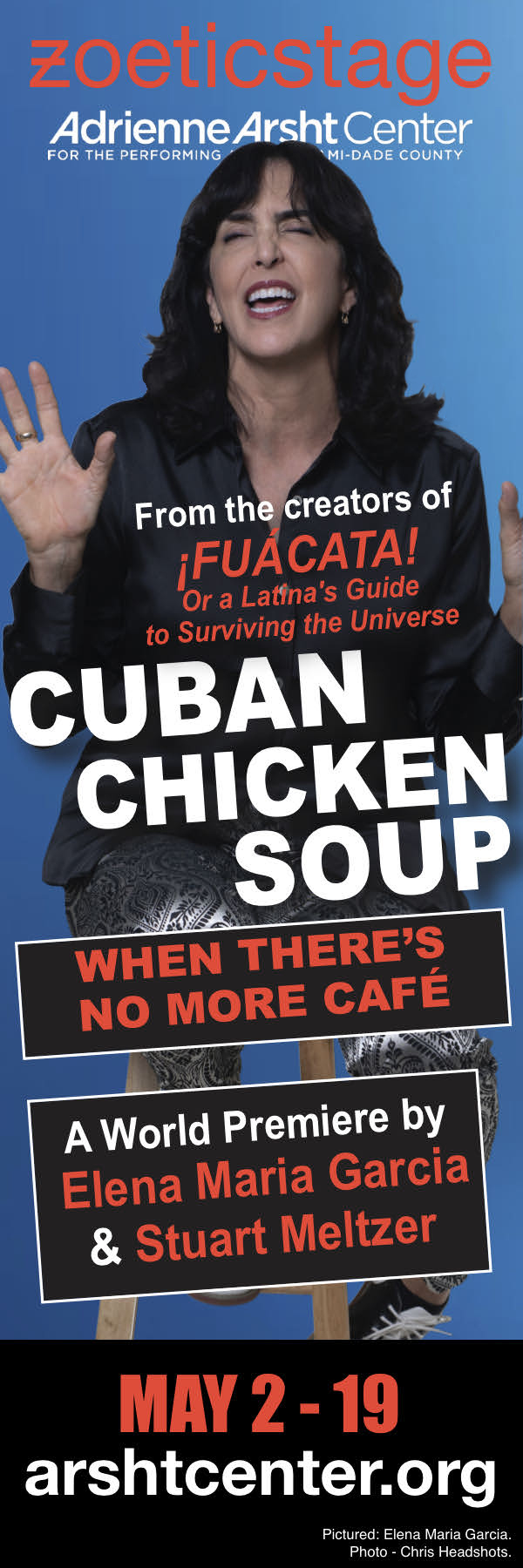 By Bill Hirschman
By Bill Hirschman
There is a fifth crucial performer not mentioned in the playbill for Palm Beach Dramaworks’ upcoming production of “Almost, Maine.”
High above the residents on a chilly Friday night in late January in the titular small town, a parade of lights flickers like the bottom of a multicolored curtain.
The legendary aurora borealis or northern lights and unique music set a unifying tone of magical realism for this procession of vignettes occurring at precisely the same 15 minutes and the same place while nine couples simultaneously deal with various aspects of love.
In this, reportedly the second most performed play by professional theaters in the country since bowing in 2002, four human actors play 19 characters in a series of pas de deux in which couples try to connect with varying success.
With comedy and drama, the work’s success — literally thousands of productions around the world — likely lies in “the universal nature of the very heart of the piece, love, one of the most universal and most challenging emotions that we share as human beings,” said Dramaworks resident director J. Barry Lewis.
The script by Broadway and TV actor John Cariani “is working toward an exploration of what that means when there are conditions that are unique and somewhat magical and what impact does that have on individuals….”
The acting company consists of veteran actress Irene Adjan, acclaimed in City Theatre’s “Cake” in 2019; Niki Fridh lauded for Theatre Lab’s “To Fall in Love” last month; Shane Tanner, who headed Dramaworks’ 2017 “Sweeney Todd,” and Brandon Morris, a long-time South Florida actor who won a Carbonell nomination for his wrestler in the Caldwell Theatre’s 2012 “The Elaborate Entrance of Chad Deity.”
But lighting designer Kirk Bookman’s aurora borealis acts as a major player casting a magical aura over the proceedings. “If the northern lights hadn’t happened (at that moment, everything) may have gone a different way,” Adjan said. That requires the audience to buy into the electricity in the air that is driving the pieces.
Lewis sees an intersection of the physical and emotional flux. “We read a lot about energy and solar flares and how it completely disrupts the nature of man on Earth, affects the weather. (In this story) the atmosphere is so charged with atoms and electrons and protons that are bombarding. The lights are a result of the bombardment. What does that do to a person in that moment?”
He stressed, “It is all happening at exactly the same time. Every scene is exactly happening at the same time. These characters are all experiencing an energizing about love, the possibility of loss, everything that can occur, but it is happening all at the same time.”
The challenge of playing multiple roles in stand-alone vignettes in this work is a more difficult task than similar tasks in, say, City Theatre’s “Summer Shorts.”
“In ‘Shorts,’ you are playing people from all over, different ages. ‘Oh, this one is from New York, this one is southern.’ You can use different dialects and accents, even costuming,” said Adjan, a “Shorts” veteran. “In this piece, these are people are all from the same little town, so you are playing people who in their core are fairly similar. They come from this really isolated place. They can’t really talk differently from each other. It’s cold, so costuming, it’s not like this one is wearing a tank top.”
Morris has been focused for several years on a career in film and television, based in New York and Los Angeles. Acclaimed for his work here in his home region, this marks his first time back on stage in seven years, dovetailing with visits to his family.
It requires some readjusting in style, he said. “There is a gigantic difference. Coming back and going into rehearsal and figuring things out, I’m realizing the script is a lot more important for theater than television. Because in TV, you kind of get the main point and if you miss a couple of words here and there, no one calls it out to you or anything. You did what you had to do in the scene.
“But plays are a lot different because there are light cues and specific things that you have to do to keep going. That was something I had to work a little bit more on, being word perfect. The stage manager saying this was a ‘but’ not an ‘and.’ It’s very specific. It’s also an adjustment talking to someone in real space (not on a television set) and projecting for an audience of a couple hundred people.” ¦







 A PaperStreet Web Design
A PaperStreet Web Design
